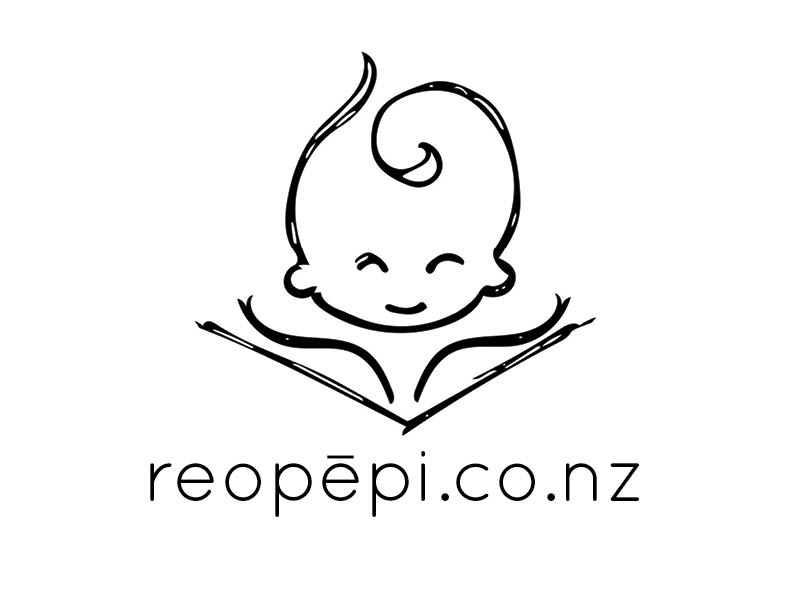“Matariki ki tua o ngā whetū - Matariki of endless possibilities”
In the Northern hemisphere they celebrate Christmas and New Year in the depths of winter. In Aotearoa we have a wonderful reason to mark mid-winter-Matariki. We see so many ECE centres, playcentres, kura and kōhanga making the most of Matariki and the opportunities for learning. Here we share some answers to pātai about Matariki based on our own recent learning. We hope it encourages you to celebrate our unique NZ culture in your own way this (new) year.
What is Matariki?
Matariki is a cluster of stars traditionally associated with and celebrated as the dawning of the new year by Māori.
Why do we celebrate Matariki?
The first and foremost purpose of celebrating Matariki is to acknowledge tīpuna. The mauri and the wairua of those gone from this world before us, both in the year past and their ancestors too, right back to the beginnings of whakapapa. So whatever our plans for Matariki we should remain mindful of this and keep aroha in our hearts.
How was Matariki traditionally observed?
Traditionally a sacrificial feast would be ritually prepared in a special oven. Selected food symbolically charged and corresponding to the stars would be included. On the night Matariki rose in the sky the names of the e ngā mate-the years dead would be chanted through the night, memories of them reviewed, as they symbolically released to the eternal cosmos. When the the steam rose from the cooking process it acted both as a cleansing process for the years concerns while also carrying hopes and aspirations for the coming year to the heavens.
How was Matariki tradionally celebrated?
Matariki rose at a time when the hunting, gathering and harvesting of food was completed for the season. Then people had time for remembering, reflection and celebration during Matariki. Festivities were held which included kai, waiata and haka. The timing allowed people pause to enjoy pleasurable pastimes including games, arts, stories and connection to the natural world.
How is Matariki celebrated now?
Since the 1990’s New Zealanders have been reviving the ancient practice of celebrating Matariki in many and varied ways. Celebrations with food, singing and dancing. Activities that bring people together, to observe the stars and the Winter night sky. Creative fun, such as making kites or lanterns, storytelling, music and arts. The SKY is really the limit in planning for marking Matariki-an ancient tradition that feels wonderfully unique in modern times.
How do we know when Matariki is?
Māori based their lives on a Lunar calendar while we now observe the Solar calendar, the complexities of this system mash up explain the perpetual mysteries and confusion around modern day Matariki timing. Dr. Rangi Matamua (author of Matariki-Star of the year) has said that for 2017 Matariki will be visible in the night sky from around the 17th of June-his astronomical know how points us in the right direction for timing our celebrations well.
How can we find the Matariki stars
From mid-late June, just before sunrise, look to the north-east horizon. Find the constellation Tautoru, sometimes called ‘The Pot’ or ‘Orion’s Belt’. Trace a line northwards from the three stars of Tautoru. Look for a faint sparkle of tiny dots, about the same width as Tautoru is long. This is the Matariki star cluster.
Tīramarama ngā whetū
Ngā tuāhine e iwa
Tiramarama Matariki ē
Ka kitea i te moata ē
Hei whakanui i te Tau Hou
O te iwi Māori e Matariki ē !
The bright shining stars
The nine sisters
Shining bright for Matariki
You’ll see them early morning
Celebrating the Māori New Year
It is Matariki e!

